THE SCULPTING PROCESS
With a focus on polymer clay, I am a traditional sculptor who has crafted a diverse range of sculptures fueled by creativity and meticulousness. My work includes well-known figures from movies and games, iconic cartoon characters, and original designs of my own. I meticulously sculpt several of my works at a 1/2 scale, enabling me to capture the essence of each subject in remarkable detail. Some of my works incorporate electronic elements, such as electrical components that provide sound and light, thus increasing their intricacy and appeal.
THE SCULPTING MATERIALS
Polymer Clay
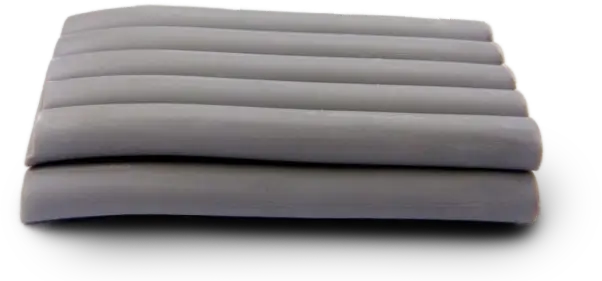
A kind of modeling clay that stays soft and workable until baked in the oven is polymer clay. It consists of a base made from polyvinyl chloride (PVC) and a liquid plasticizer to enhance softness and malleability. This kind of clay is malleable and soft, which allows for easy manipulation and shaping. It can be rolled, shaped, sculpted, and finished to produce a range of shapes and designs.
When cured, polymer clay turns into a robust material that does not break easily. After baking, it can be sanded, drilled, painted, and varnished, enabling further customization and finishing touches to create a unique sculpture.
2 component epoxy clay
Two-component epoxy clay, often referred to as epoxy putty or epoxy sculpting clay, is a durable and versatile sculpting medium made from two components that react chemically when combined, hardening into a solid and resilient substance. This kind of clay is widely used for a range of purposes, such as sculpting, modeling, and making repairs.
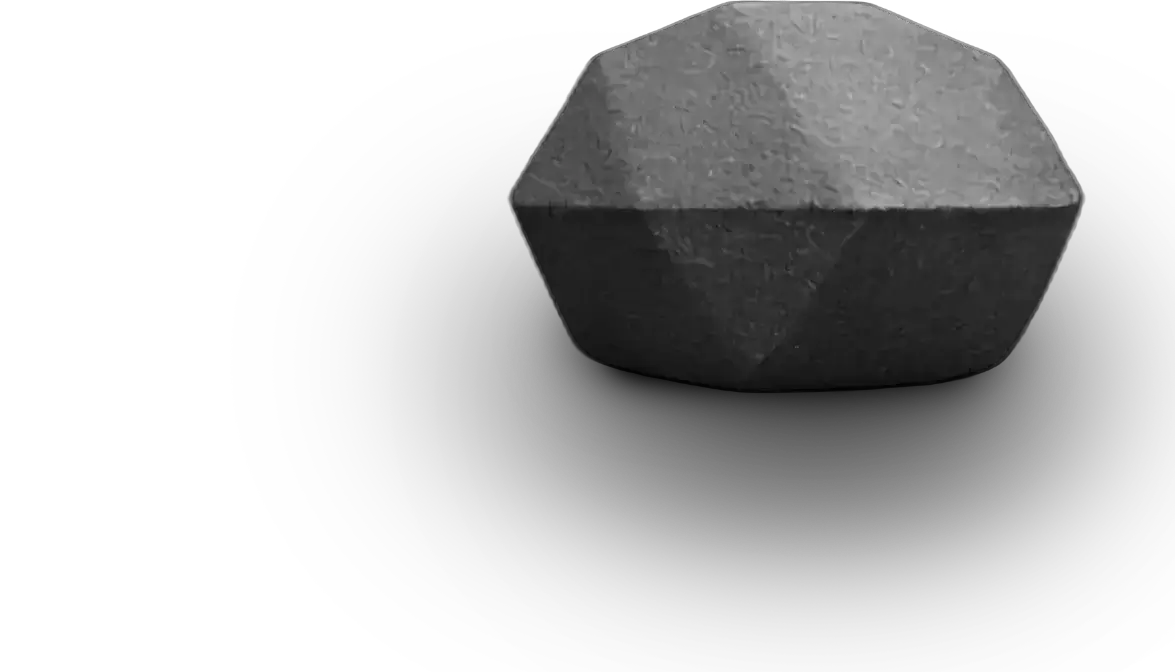
Aluminium foil / wires and pipes
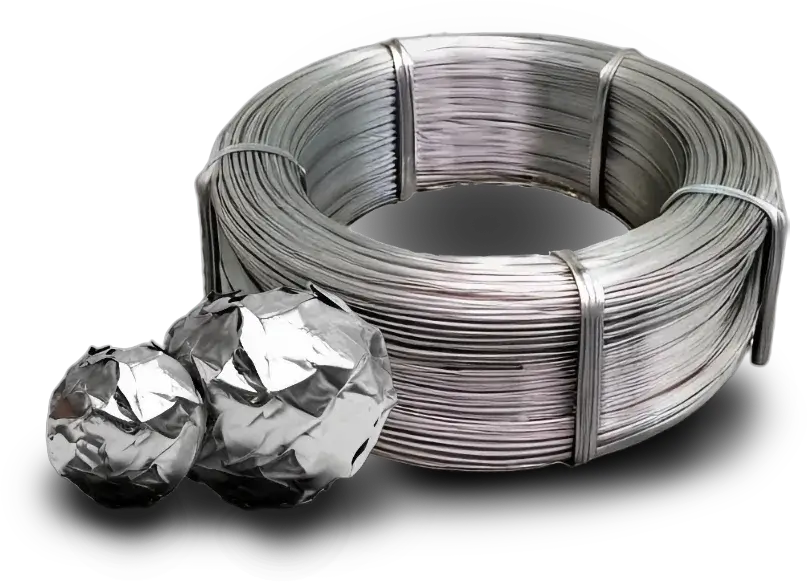
When it comes to sculpting with polymer clay, aluminum foil is frequently utilized for a variety of reasons. Tin foil is often used as an armature or internal support when working with polymer clay, allowing for the creation of lightweight and hollow forms.
Steel wires are indispensable for sculptors working with polymer clay. They provide structural support, allowing artists to create intricate shapes and dynamic poses. With various gauges available, they offer flexibility for projects of all sizes. Steel wires are affordable, accessible, and ensure stability, making them essential tools for sculptors to bring their creative visions to life.
Pipes are invaluable in sculpting with polymer clay, serving as versatile armatures for creating robust structures. Their cylindrical shape offers stability and support, ideal for forming both simple and complex designs. By varying pipe sizes, sculptors can adjust the scale of their creations with ease. Pipes provide a framework that withstands the weight of clay layers, ensuring the sculpture maintains its form throughout the process. Affordable and accessible, pipes enable artists to explore their creativity and bring their sculptural visions to fruition with confidence and precision.
Acrylic colors
Acrylic colors, often referred to as acrylic paints, are a popular type of paint used in various artistic applications, including sculpting with polymer clay. While polymer clay itself is typically cured and does not require traditional painting, acrylic colors are often employed for certain decorative or finishing touches on polymer clay sculptures.
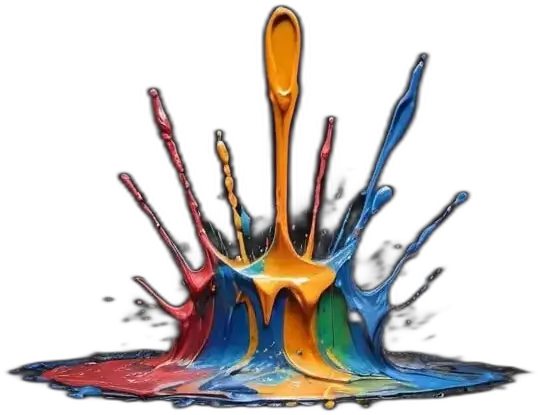
Electronics – custom designed by freaky-Deek
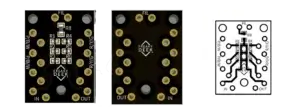
The circuits are specifically designed for each sculpture by freaky-Deek himself.
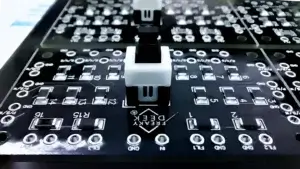
Experience a symphony of light and sound with the custom electronics meticulously designed by freaky-Deek for his sculptures. Some pieces feature individual LED technology, illuminating your space with vibrant colors and dynamic patterns.
THE SCULPTING TOOLS
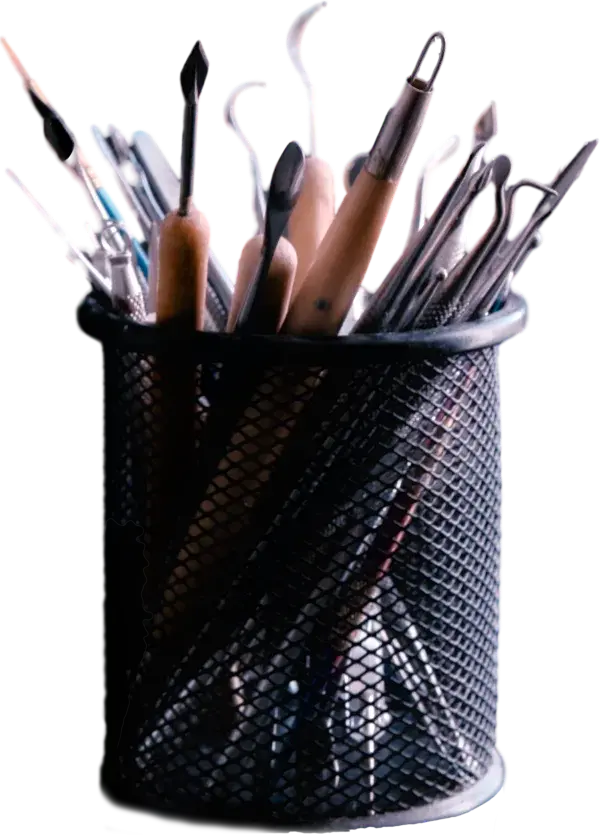
From basic essentials to specialized implements, the sculpting tools include:
Clay Shaping Tools: These tools feature various tips and edges for manipulating polymer clay, such as shaping, smoothing, and carving intricate details.
Ball Stylus Tools: Ideal for creating textures, patterns, or adding fine details, ball stylus tools come in different sizes to accommodate various sculpting needs.
Cutting Tools: Ranging from blades to craft knives, cutting tools are used to trim excess clay, shape edges, or create clean lines in the sculpture.
Sculpting Blades: These tools are designed for precision cutting and sculpting, allowing artists to achieve intricate shapes and details with ease.
Texture Tools: Texture tools feature unique patterns or surfaces that can be pressed into the clay to create textured effects, adding depth and visual interest to the sculpture.
Rolling Pins and a Pasta Machine: Used for rolling out polymer clay to a consistent thickness, rolling pins and pasta machines ensure uniformity in sculpting projects.
Finishing Tools: Sanding tools, brushes, and polishing cloths are essential for refining the surface of the sculpture, smoothing rough edges, and preparing the piece for painting or finishing.
— and a TOOTHPICK
THE MOLDMAKING AND CASTING
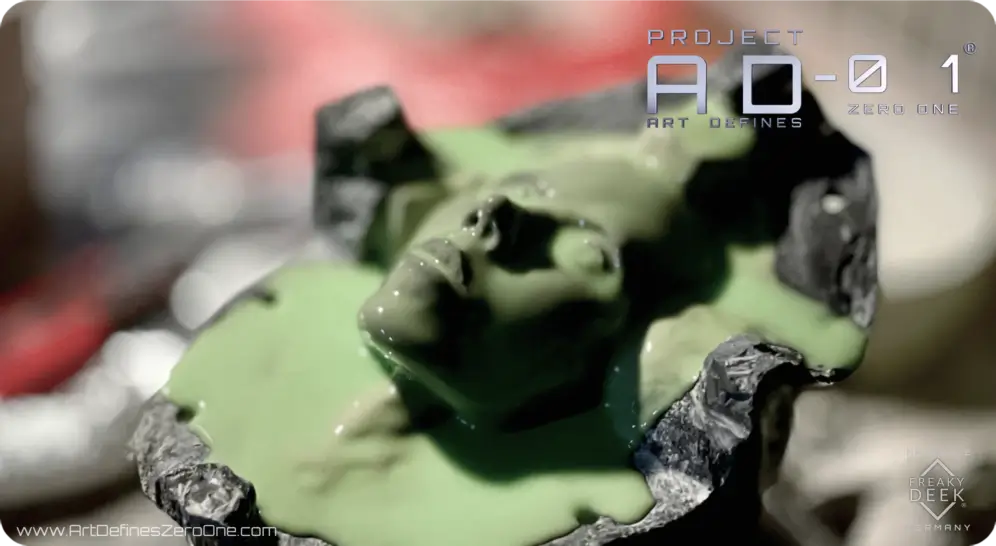
Mold Creation with Rigid Casing:
- The process begins by preparing the original sculpture, ensuring it is clean and free of any debris or contaminants.
- The silicone rubber is mixed and poured over the sculpture to create the mold. The silicone is forming a flexible mold that accurately replicates the details of the original.
- To provide support and maintain the shape of the silicone mold during casting, a rigid casing is created around the silicone mold. This casing, made of materials like plaster or fiberglass, adds stability and prevents deformation of the silicone mold during the casting process.
- Once the rigid casing is in place, the silicone mold is carefully removed from the original sculpture, leaving behind a precise from container ready for casting.
Casting with Polyurethane or Artificial Stone:
- the process of filling the silicone molds with Polyurethane.
- is a popular casting material known for its versatility and durability. It comes in liquid form and cures to a solid state, allowing for detailed reproductions with minimal shrinkage.
- Artificial stone, often composed of a mixture of resins and mineral powders, is another casting material option. It provides a realistic stone-like appearance and texture, making it suitable for sculptures requiring a more natural finish.
- The casting material is carefully poured or injected into the silicone molds. Once cured, the casts are removed from the molds, revealing accurate replicas of the original sculptures.
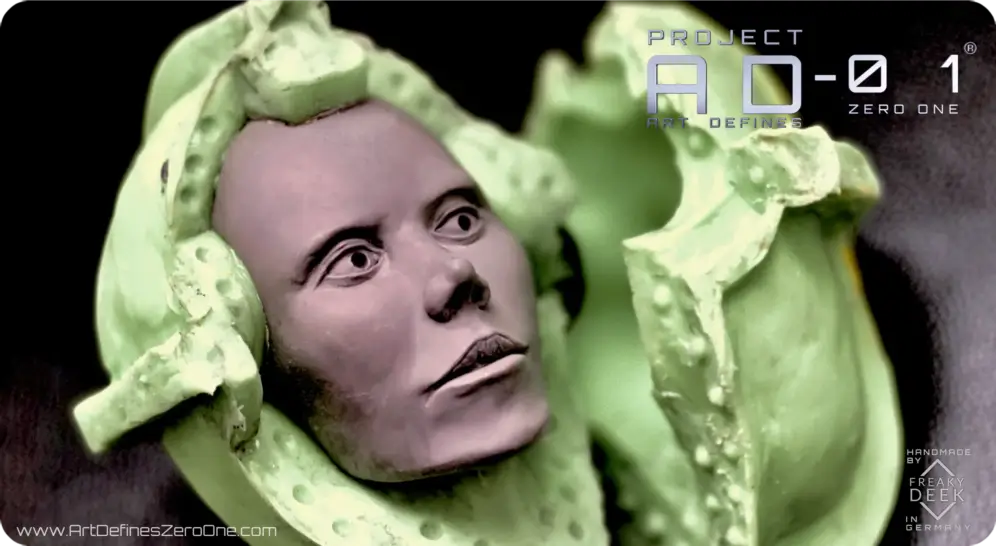
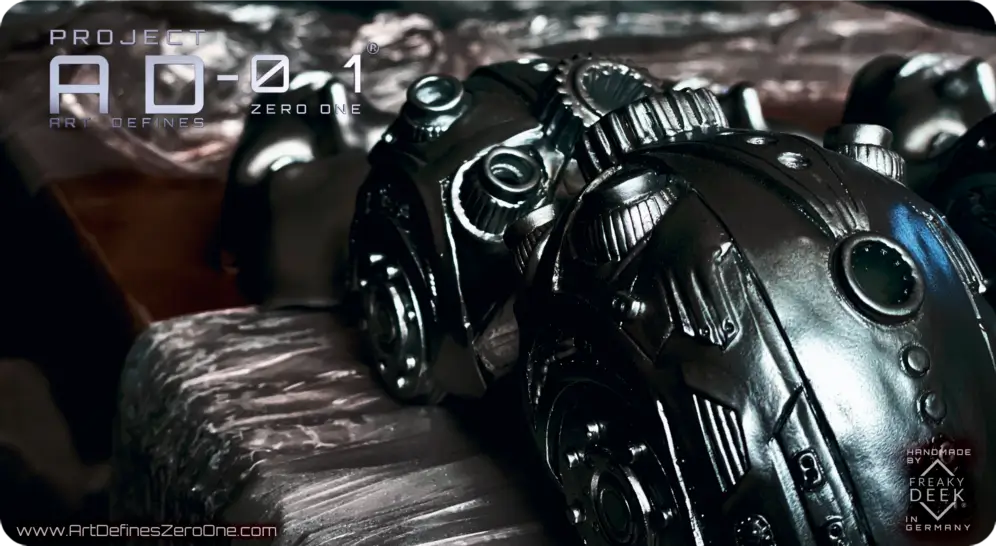
Challenging Casting Process:
- The casting process can be challenging, particularly for sculptures with complex shapes or intricate details.
- Some parts may require specialized casting techniques, such as rotocasting, to ensure even distribution of the casting material and minimize air bubbles.
- Custom-designed mold manipulation techniques are sometimes necessary to achieve successful castings, especially for parts with undercuts or delicate features.
- Attention to detail and careful planning are essential to overcome challenges and ensure the quality and accuracy of the castings.
Post-Casting Finishing:
- After the casts are removed from the molds, they undergo post-casting finishing to refine their appearance and prepare them for painting and assembly.
- This involves sanding to smooth out any imperfections or seam lines left by the molds.
- Drilling or other machining techniques are used to create openings or remove excess material as needed.
- Priming is applied to the casts to create a smooth surface and enhance paint adhesion.
- Post-casting finishing requires precision and attention to detail to achieve the desired final appearance of the sculptures.
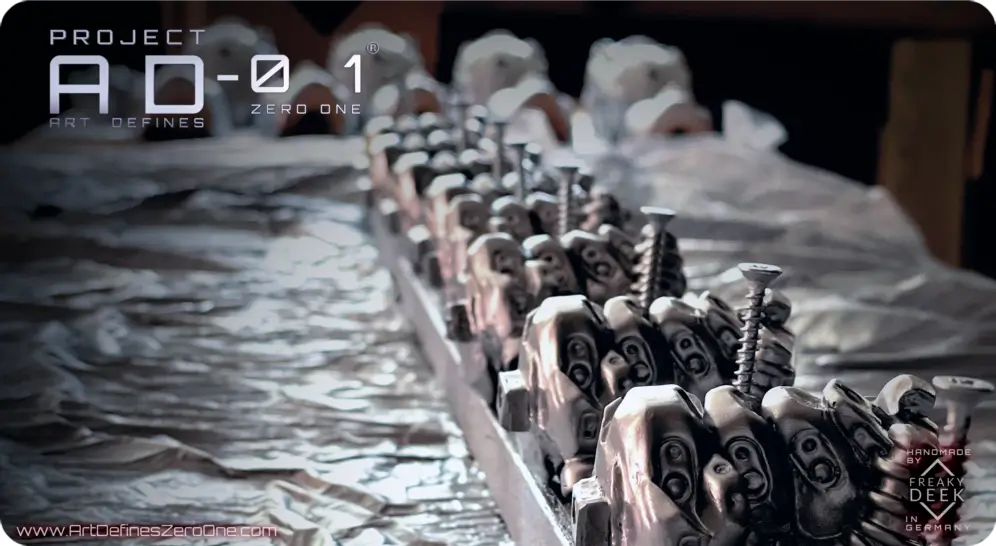
THE PAINTING PROCESS
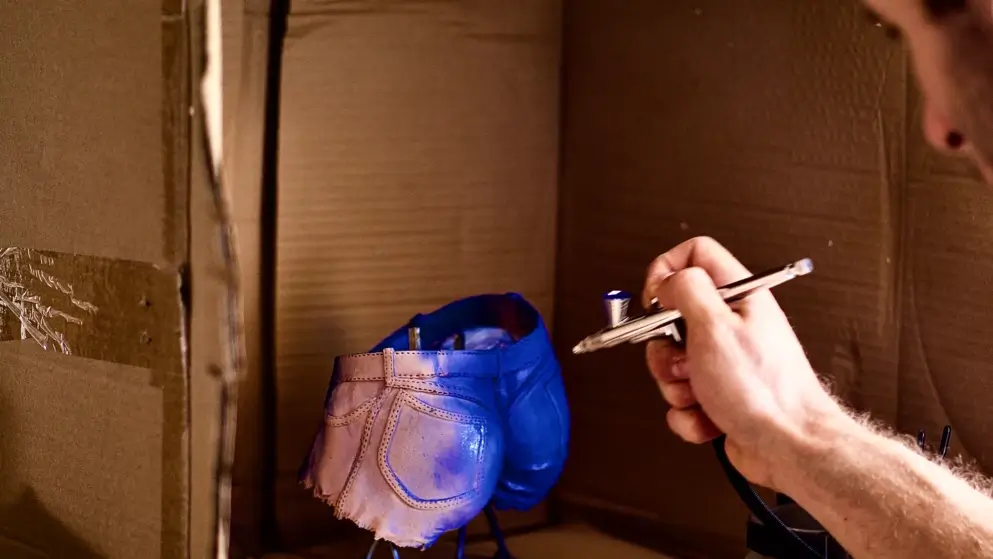
Painting sculptures with acrylics and airbrush offers artists versatile techniques to bring their creations to life with vibrant colors and dynamic effects.
Acrylic Painting: Acrylic paints are a popular choice for painting sculptures due to their quick drying time, versatility, and ability to adhere to various surfaces. Artists can achieve a wide range of effects with acrylics, from smooth gradients to textured finishes. By layering colors and employing techniques such as dry brushing and washes, acrylic paints allow for precise detailing and nuanced shading. Additionally, acrylic paints can be mixed with mediums to alter their consistency and opacity, providing further flexibility in the painting process.
Airbrush Painting: Airbrushing offers a distinct approach to painting sculptures, allowing artists to achieve smooth, even coats of paint with subtle transitions between colors. Airbrushes use compressed air to atomize paint, resulting in a fine mist that can be applied in controlled layers. This technique is particularly well-suited for achieving gradients, subtle shading, and intricate details with precision and consistency. Artists can also use masking techniques to create sharp edges and distinct patterns. With practice and skill, airbrushing can elevate sculptures with a professional, polished finish.
Whether using acrylics or airbrush techniques, painting sculptures offers artists a versatile means of expression, allowing them to enhance their creations with rich colors, depth, and texture. Experimentation and exploration of different techniques empower artists to bring their visions to life in captivating and dynamic ways.
THE ASSEMBLY AND PACKAGING
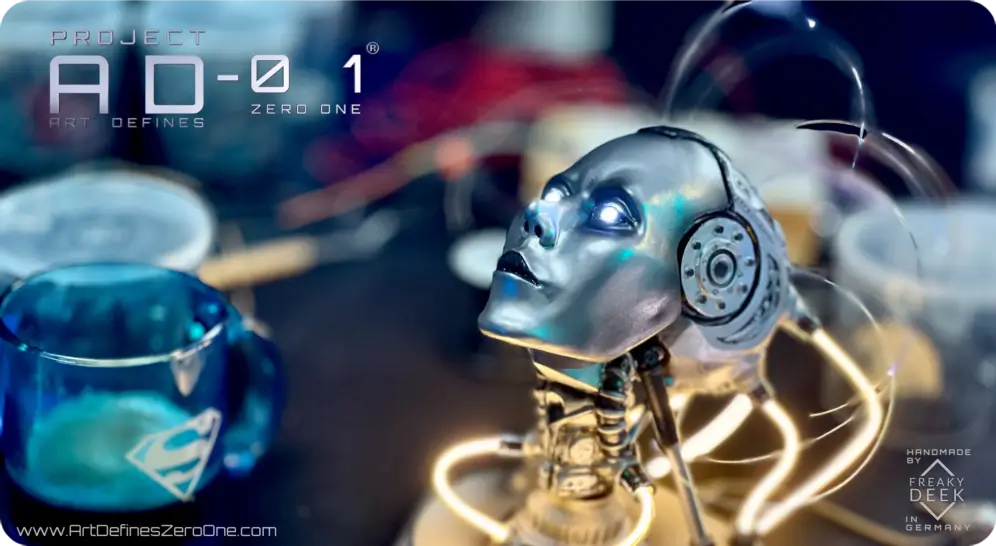
Despite shown in the videos, the assembly line of freaky-Deek sculptures is all but automated.
Every piece gets sculpted, replicated, painted and wired by hand, tested, glued or screwed manually by the artist himself.
The assembly process is the final step to ensure a fully, finished handmade collectible item – made by human hands.
